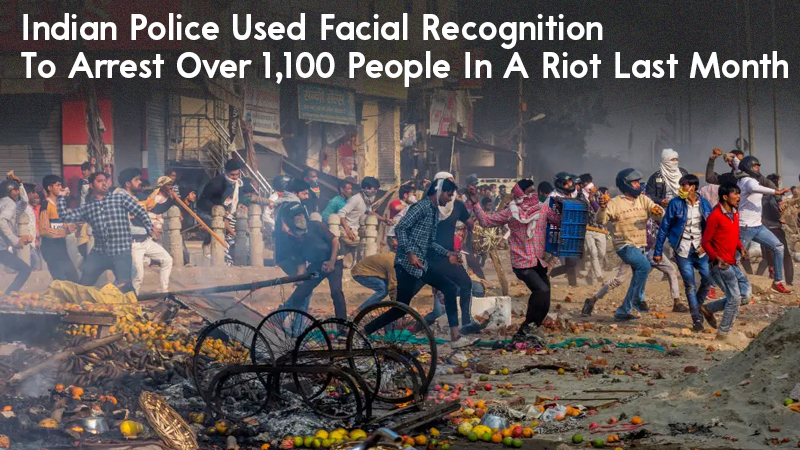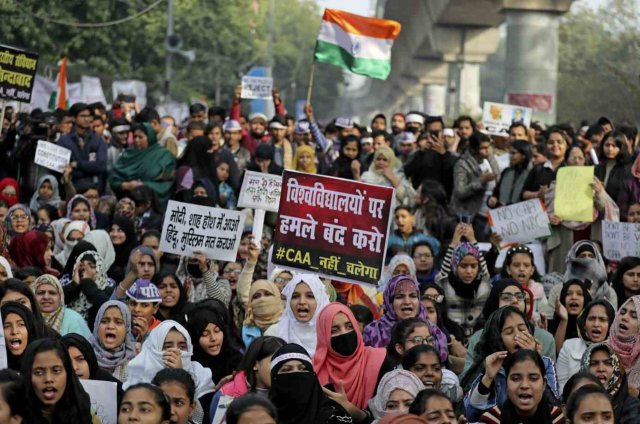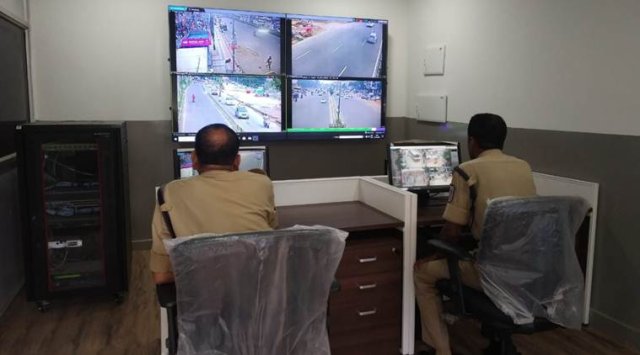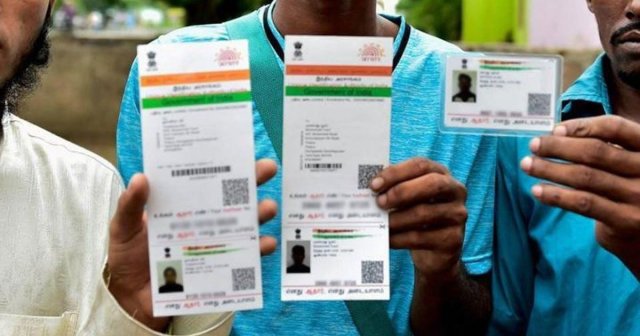Indian Police Used Facial Recognition To Arrest Over 1,100 People In A Riot Last Month
Dhir Acharya - Mar 12, 2020

Not long after one of the worst riots seen in New Delhi for decades, India’s law enforcement agencies used facial recognition to identify over 1,100 people.
- Delhi Is The World’s Most Polluted Capital City For Three Years In A Row
- Indian Farmers Install High-Tech, Night-Vision CCTV Cameras To Protect Themselves
- Looking For The Best Electric Bike In India 2021? Take A Look At These
Not long after one of the worst riots seen in New Delhi for decades, India’s law enforcement agencies used facial recognition to identify over 1,100 people that allegedly participated in the riots late last month. Amit Shah, the country’s home minister, said to te parliament that law enforcement provided photos from government-issued IDs for its facial recognition system, including driver licenses as well as other databases.

TechCrunch reported that the facial recognition system was also fed with 12-digit Aadhaar numbers, which are identity numbers for individuals based on demographic and biometric data, issued ti over 1 billion Indians.
However, there are legal questions raised around using facial recognition in tracking down suspects in the country. As of now, India doesn’t have any laws laying out ethical uses for this type of tech. New Delhi-based Internet Freedom Foundation says that the system worked with just a 1% accuracy rate when identifying missing children, the system also failed to tell boys from girls. The digital rights advocacy group claims that law enforcement in the country doesn’t have a clear legal authority to arrest people using this technology, let alone a large number of residents attending the violent riots.

On the other hand, this is not the first time the country has used facial recognition to assist police work. And this is definitely not the first time Aadhaar data’s been provided for law enforcement. At a protest earlier in 2020, facial recognition was used by New Delhi police to identify suspects in an investigation. A February report from Reuters said that activists were concerned that there wasn’t sufficient regulation for the new tech and they could be targeted due to their religion.

In 2013, the Central Bureau of Investigation was conducting an investigation into the rape of a young Indian girl in Goa. CBI asked UIDAI to turn over all the fingerprint records to be used for figuring out who owned the print found at the crime scene. But the Bombay High Court ordered the Central Forensic Science Laboratory to determined it law enforcement could instead match a fingerprint at the crime scene with that in the Aadhaar database. Ultimately, though, the court ruled that the data couldn’t be given to a third party if the holders didn’t allow.
But using massive databases, law enforcement may be able to identify anyone it wants for whatever reason.
>>> Chinese Surveillance System Can Detect Who You Are Within A Second, Even When You're Wearing A Mask
Featured Stories

Features - Jul 01, 2025
What Are The Fastest Passenger Vehicles Ever Created?

Features - Jun 25, 2025
Japan Hydrogen Breakthrough: Scientists Crack the Clean Energy Code with...

ICT News - Jun 25, 2025
AI Intimidation Tactics: CEOs Turn Flawed Technology Into Employee Fear Machine

Review - Jun 25, 2025
Windows 11 Problems: Is Microsoft's "Best" OS Actually Getting Worse?

Features - Jun 22, 2025
Telegram Founder Pavel Durov Plans to Split $14 Billion Fortune Among 106 Children

ICT News - Jun 22, 2025
Neuralink Telepathy Chip Enables Quadriplegic Rob Greiner to Control Games with...

Features - Jun 21, 2025
This Over $100 Bottle Has Nothing But Fresh Air Inside

Features - Jun 18, 2025
Best Mobile VPN Apps for Gaming 2025: Complete Guide

Features - Jun 18, 2025
A Math Formula Tells Us How Long Everything Will Live

Features - Jun 16, 2025
Comments
Sort by Newest | Popular